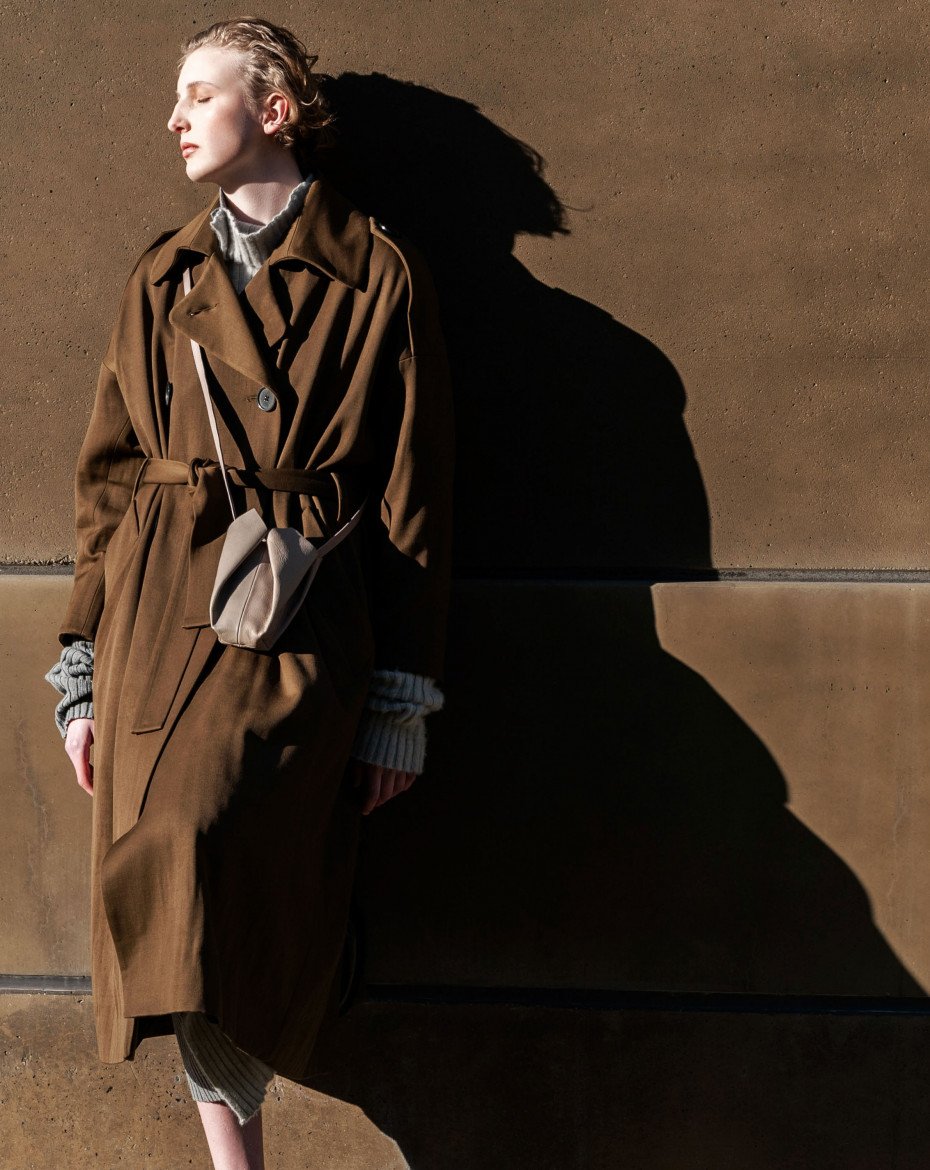Eva Blut: Bags that speak your language
Eva Blut reforms the bag and alters the way you look at what a bag can be.
Aesthetics or functionality?
“Both. Bags mark the exact boundary between look and function. The most interesting is when functionality causes the aesthetics. Creating a bag is a process during which functionality forces design into a proper shape.”
When Eva starts designing she thinks about space in a free and open way. She does not create bags that already exist. She experiments, plays, folds into three dimensional forms.
“The bag is a fascinating intersection between fashion and product design.”
Our passions — small or big — create our need for bags. Eva surprises with her versatility. In her world, bags come in so many fun shapes, sizes and forms. Her mini crossbody leather bag is a true gem in the shape of origami.
Designed in Vienna. Produced in Czech.
Eva’s bags might be designed in Vienna, but they are produced by craftsmen in the Czech Republic and Hungary. “Unfortunately, in Austria we don’t have a strong leather industry anymore. Vienna used to be the capital for leather goods, but due to globalization that’s not the case anymore,” explains Eva. In the Czech Republic, Eva found small companies specializing in leather work, and at the same time, managed to keep her production close to Vienna, which was an important factor.
Niche pieces. Limited editions.
To bring a sample bag to life is a long process with weeks of preparations, pattern designs, aligning the details and then the production. All of her bags — where each model is assembled differently — are created serially in limited editions.
NO WASTE collection
Eva’s current collection NO WASTE uses high quality offcuts from previous seasons, which means that no new material has to be produced. “I have always collected big cut-offs from previous collections because when you create a bag you lose a big piece of good leather only because we avoid to have a structural error (scratch or scar) of the skin. I wanted to make something unique out of them because it is a valuable resource and today’s consumers understand how resources should be preserved and treated.”
All photos © Eva Blut







